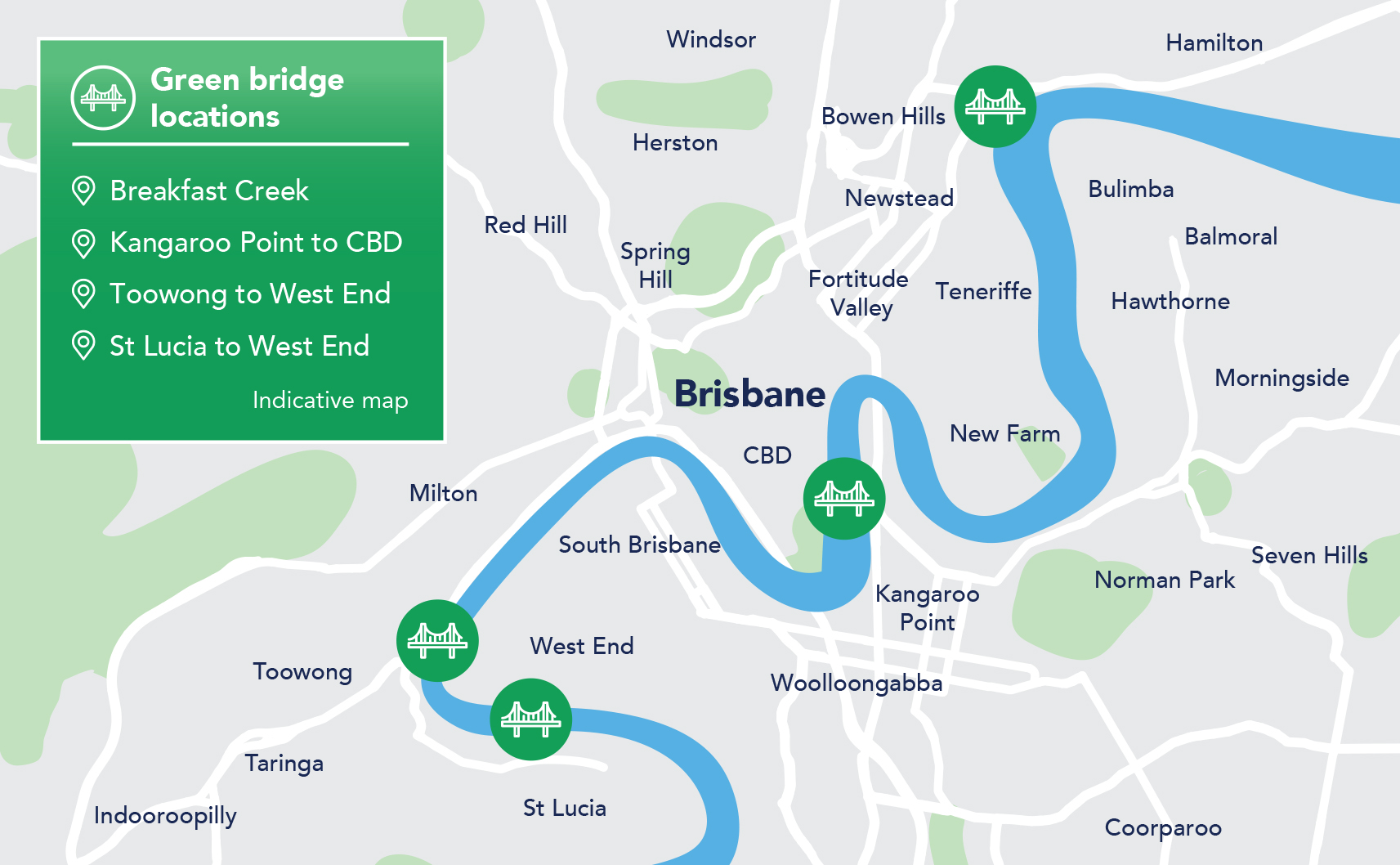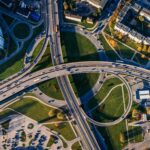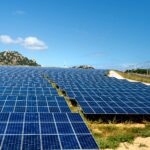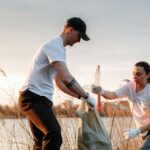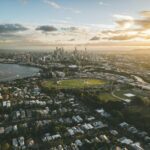South-East Queensland is leading the way on the delivery of ‘green bridge’ infrastructure across the nation, as a means of encouraging active transport, healthy residential living, better connectivity and reduced traffic congestion. As early as 2024, Brisbane residents can expect to make use of two new green bridges currently under construction, linking the city centre to Kangaroo Point and Breakfast Creek.
Brisbane City Council’s Green Bridges Program was initiated in 2019, supported by a $550 million allocated to the projects. The bridges were proposed as a solution to several major infrastructure challenges facing local communities, including sprawling CBD growth overlapping with employment centres, inner city traffic congestion, limited cross-city transport services and incomplete inner city cycleway networks.
With inner city Brisbane set to experience over 30% population growth by 2031, with the need to support 343,000 future residents, green bridges are also intended to reduce car-dependence and in turn, congestion and pollution.
Environmental and cultural factors continue to promote an over-reliance on private vehicle use, incongruent with Council’s evolving active transport priorities. Transport Minister Mark Bailey has mandated that all major infrastructure projects moving forward will require active transport options to be included and has committed $278 million to active transport infrastructure delivery over the following four years.
The anticipated construction schedules for Brisbane City Council supported green bridges are as follows:
- Kangaroo Point – Completion in 2024
- Breakfast Creek – Completion in 2024
- Toowong to West End – On hold (flood impacted)
- St Lucia to West End – On hold (flood impacted)

Green Bridge Location Map (Source: BCC)
Why Go Green?
Brisbane City Council’s investment in green bridge infrastructure reflects the growing need to prioritise cost-effective active transport links between popular urban areas, to support residential connectivity and cut down on commute times for local residents and workers.
Supporting better connectivity for Brisbane residents is also intended to bolster uptake of public transport as opposed to private vehicle use, following the release of concerning data that states the number of daily trips taken on buses, trains, light rail and ferries in South-East Queensland remains at 84% of what it was at pre-COVID-19 levels in January 2020.
The green bridges under construction will provide accessible pathways on which pedestrians can walk, run, cycle and operate personal micromobility vehicles such as escooters and ebikes, which have grown significantly in popularity within cities in recent years.
The Kangaroo Point to Brisbane Central Business District (CBD) connection has been sought after by local residents since as early as the 1860s’ as a means of streamlining the connection between Kangaroo Point, East-Brisbane Suburbs and the CBD.
Informed by consultation with approximately 1800 local community members, Council has announced that the final bridge design will have panoramic river views, gazing platforms and rest areas spanning along the bridge length and quality landing platforms at either end – intended to encourage use and activate community spaces on both sides of the river.
The 460-metre bridge is anticipated to cost Council $190 million. It will support 300 additional jobs across the construction period and provide great connectivity within Brisbane’s busy inner city.
Climate friendly and accessible design
Sustainability is also of upmost priority in regard to green bridge design, to ensure climate friendly infrastructure outcomes.
The Kangaroo Point Green bridge project will feature solar panels atop of shade cover structures, which will assist in offsetting the bridge’s lighting, and will include extensive areas of native planting. Storm water run-off will be slowed and captured using a rain garden feature, to be positioned in C.T. White Park.
In line with the Disability Discrimination Act 1992, the bridge gradient will cater to wheelchair use.
Similarly, the Breakfast Creek Green Bridge and Lores Bonney Riverwalk extension has been designed using best practice sustainability and accessibility standards. The project will deliver a safe, traffic-segregated connection to the inner city and CBD, which also does not require commuters to transverse Newstead Park.
Council’s currently paused green bridges projects – connecting Toowong to West End and St Lucia to West End – are aimed at providing a direct links between some of Brisbane’s busiest suburbs and cut travel times by more than two thirds for commuters. With South Brisbane and West End expected to grow by 120% by 2040, these areas have been identified as locations of interest to support improved active transport linkages across Brisbane.
The growth of green bridges is shown to provide accessibility and economic benefits according to Brisbane City Council research and will contribute to several city-wide goals identified in the Brisbane City Council ‘Our Vision’ future forecast.
These include ensuring that:
- The number of walking, cycling or public transport trips will increase compared to 2011
- The majority of peak hour trips to the CBD will be by public and active transport
- Travel times and trip reliability across the city will be maintained or improved compared to 2011
- Council will contribute to the performance benchmark to increase the proportion of adults participating in at least 30 minutes of moderate physical activity on five or more days of the week by 15 percent from baseline by 2018
- Council will contribute to the performance benchmark to return the proportion of adults at healthy weight to baseline level by 2018
- An accessible network of parks and recreation facilities that meets the needs of Brisbane’s residents will be provided by 2031.
To view the successfully completed HOTA bridge operating in the Gold Coast, you can click here.
To find out more about how green bridges are supporting the growth of a vital network of green transport options across Brisbane, you can click here.

